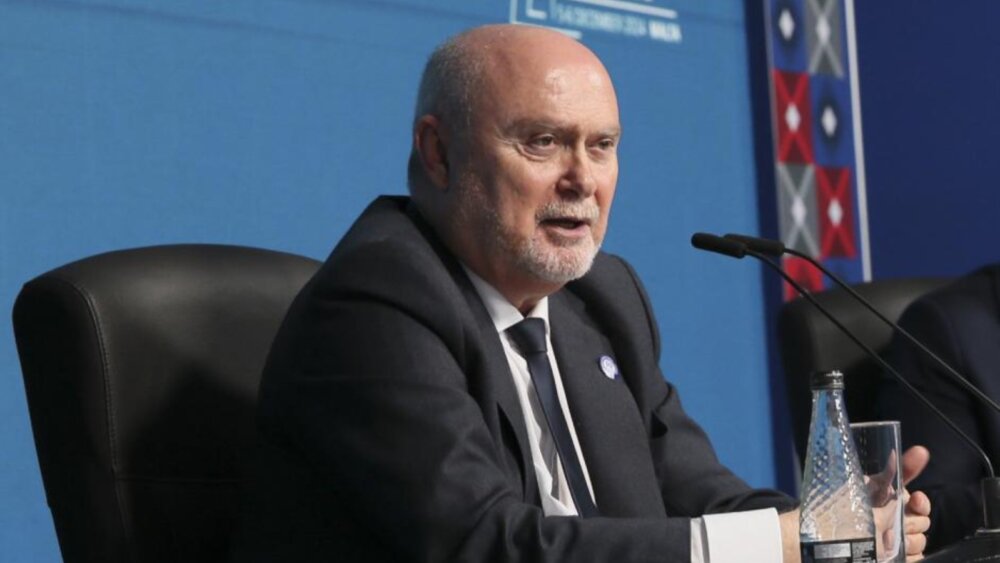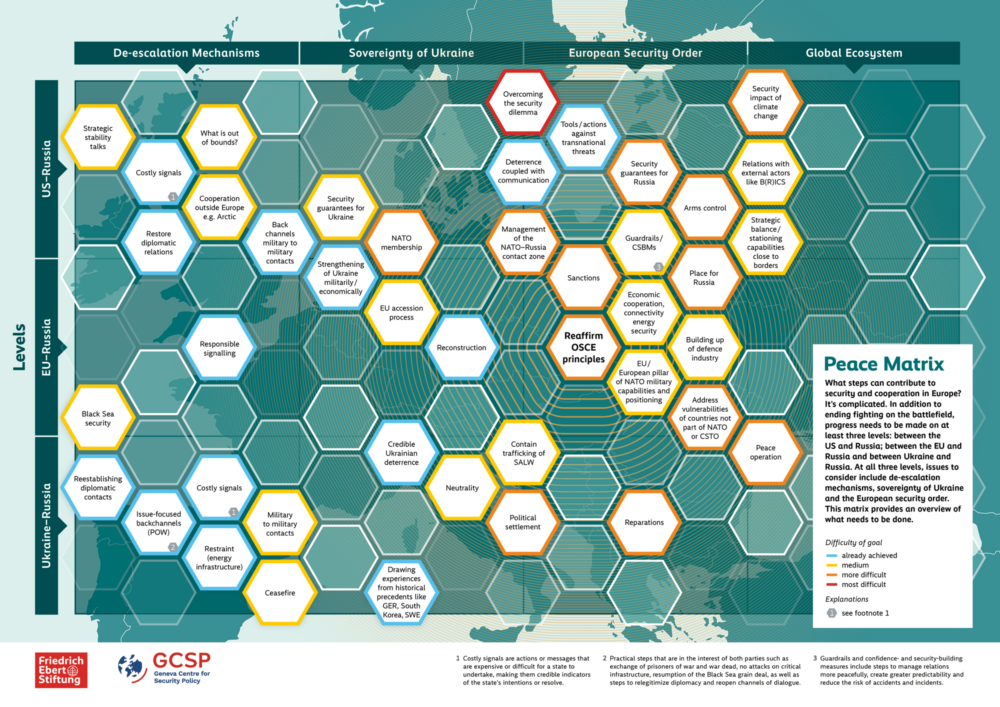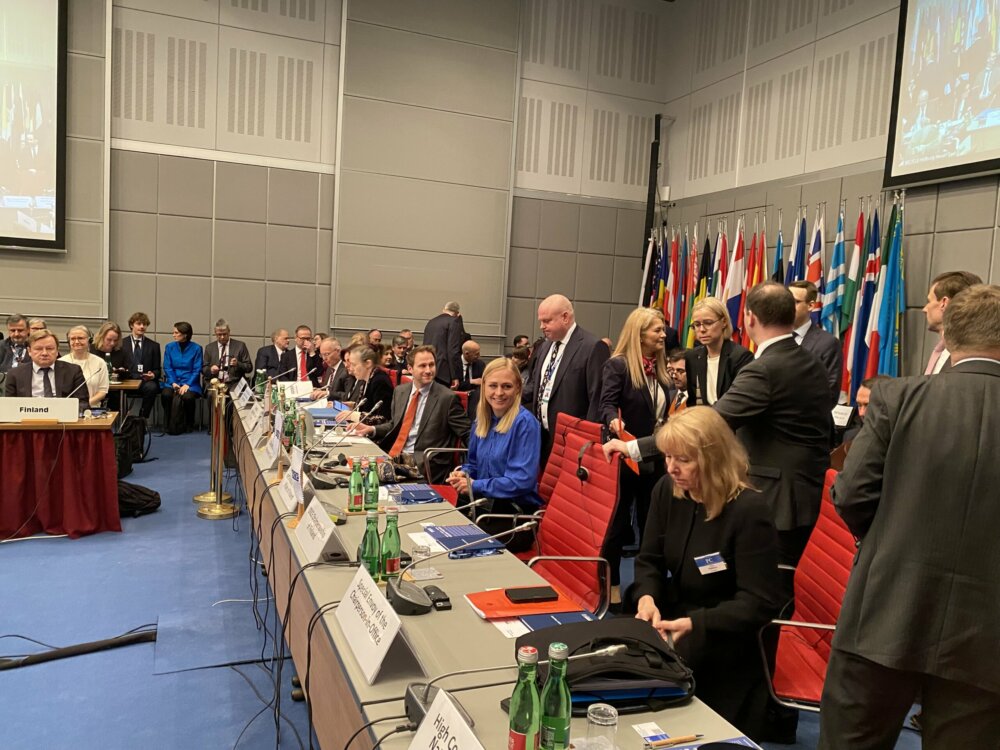OSCE: ‘reform’ or ‘keep what we have’
OSCE reform, one of the speakers said, has both a defensive and an offensive element. Civil society organizations are frustrated about the lack of possibilities of the OSCE to have a real impact on many pressing human rights issues. The required consensus for decisions is a major obstacle here. Also, the main human dimension event of the OSCE, the yearly Human Dimension Implementation Meetings, are very isolated from the mainstream of OSCE decision-making. They have a high ‘feel good’ element for NGOs, who can all make their own statements in the governmental meeting room, but impact of HDIM outcome is very limited. In fact, there is not a real ‘outcome’, only a document of a couple of hundred pages with recommendations, ripe and green. So NGOs are asking for tougher human dimension monitoring mechanisms, and for more engagement possibilities with central OSCE bodies as well as with field offices.
Still, a number of unique mechanisms and structures were established in the 90s: ODIHR, the very HDIMs with full access for NGOs, the High Commissioner on National Minorities, the Special Representative on Freedom of the Media. These would never be established in their current form at the moment, and should not be negotiated away in any OSCE-reform.



Comments
* Your email address will not be published